How to choose shoes for long-distance trekking to avoid foot pain
- Thursday, May 29, 2025, 20:59 (GMT+7)
How to choose shoes for long-distance trekking to avoid foot pain
Shoes are not just something you wear they are your companion, and they shape most of your trekking experience. While your feet carry your entire body weight across dozens of kilometers, the wrong pair can turn the entire journey into a painful ordeal. It is not a new lesson, yet it remains one of the most common mistakes made by first-time trekkers. One wrong choice, one small blister, and suddenly, your trip gets cut short. Some people have even had to abandon their plans simply because their shoes were too stiff at the toes or too slippery on wet ground.
Understanding the purpose of your trek is the first and most essential step. A rocky mountain trail demands an entirely different type of shoe than soft dirt paths or river-heavy routes. The right shoe is not about price but about how well it suits the terrain, the weather, and your physical condition. Some people are comfortable in high-cut boots, others prefer mid-cut. There is no universal formula, but a number of golden rules have emerged from thousands of real-life treks.
If your route involves steep slopes or dense forests, your shoes should always rise above the ankles. The higher cut helps stabilize the joint and reduces the risk of twisting on uneven surfaces. Many young trekkers favor mid or low-cut shoes because they are lighter and allow more movement, without realizing that heavy backpacks add intense pressure on the ankles. Without proper training beforehand, low-cut shoes can leave your feet exhausted just a few hours into the trek.
The second crucial factor is material. A trekking shoe should never be made entirely of leather, even if it looks durable. Leather retains moisture for long periods, making the shoe heavy and prone to mold. Mesh fabrics combined with synthetic fibers offer far better breathability and quicker drying. Some high-end shoes feature waterproof yet breathable membranes, ideal for forest trails or misty environments. However, waterproof does not mean floodproof. Once water enters from the top, no technology can save you. In such cases, fast-drying socks matter more than the most advanced soles.
Trekking soles must provide strong grip, especially on steep or muddy trails. Deep V-shaped lugs, firm rubber soles, or honeycomb patterns are highly recommended for their performance on both rocks and mud. A common mistake is wearing running shoes on a trek, thinking that their soft soles will be more comfortable. In reality, these soles wear out quickly, lack traction, and cannot support heavy loads, making slips and falls on rugged trails more likely.
Never forget to check the toe box. On descents, narrow or soft toe caps can push your toes forward and cause intense pain. A lesser-known tip is to try on trekking shoes after walking for about 15 minutes, when your feet have expanded to the size they typically reach during a hike. Avoid choosing shoes that feel perfectly snug at first try. During actual movement, your feet will swell slightly, and tight shoes can restrict blood flow.
Socks matter just as much as shoes. Regular cotton socks are the leading cause of blisters. The right socks should be made of moisture-wicking synthetic fibers, thick but breathable, with cushioned zones at the heel and toes. Many trekkers have completely solved blister issues by simply changing to the right kind of socks. One effective tip is to wear two thin layers of socks to reduce friction, especially during multi-day treks.
Do not buy your trekking shoes right before the trip. Allow at least one or two weeks to break them in. Walking three to five kilometers a day helps your feet adjust and softens the pressure points inside the shoe. Even top-quality shoes can cause heel abrasions if you have never worn them before. A good shoe is not one that is expensive, but one that has spent just enough time with your feet to understand them.
Many people opt for trekking sandals because they are lightweight, breathable, and easy to clean. But sandals are only suitable for short, obstacle-free routes with no insects. Some use sandals for river walks only to end up with sand trapped inside, creating friction that damages the skin. On the other hand, high-cut closed shoes protect you from leeches, ticks, and thorny underbrush, though poor drainage can lead to prolonged dampness. A balanced choice could be lightweight water-resistant mesh shoes that provide minimal ankle support. Weather flexibility is key. During dry seasons and clean trails, mid-cut or trekking sandals can still be a practical option.
Another valuable insight from experienced trekking groups is to carry separate insole pads. Gel or rubber insoles reduce pressure on the heels and arches. For those prone to heel or foot pain, the right insole can make a huge difference. Choose pads with breathable grooves and avoid ones that are too thick, which may make your shoes feel cramped.
If your trek lasts several days, bring along a pair of compact sandals or slippers. Letting your feet breathe at campsites or overnight stays is essential. The sandals do not have to be fancy, just comfortable enough for short walks around the tent. Many people make the mistake of relying on just one pair of shoes. If they get soaked, you are stuck wearing wet shoes the entire next day.
Finally, always inspect the glue, stitching, and inner lining of your shoes before setting off. Some shoes may look brand new, but the sole glue might already be deteriorating due to improper storage. Rain or high humidity can accelerate this, causing the soles to come off mid-journey. A small tube of glue and a roll of fabric tape can save your trip in such cases. These may be minor items, but they are worth carrying in your backpack.
Choosing the right trekking shoes is not about fashion. It is about safety, endurance, and the joy of the journey. The best shoe is the one you forget you are wearing, because your feet are not hurting and the path does not scare you. As seasoned trekkers often say, if you want to know how far someone has walked, look at their shoes. A real pair of trekking shoes will always tell a story worth remembering.

 CHECKIN.VN
CHECKIN.VN


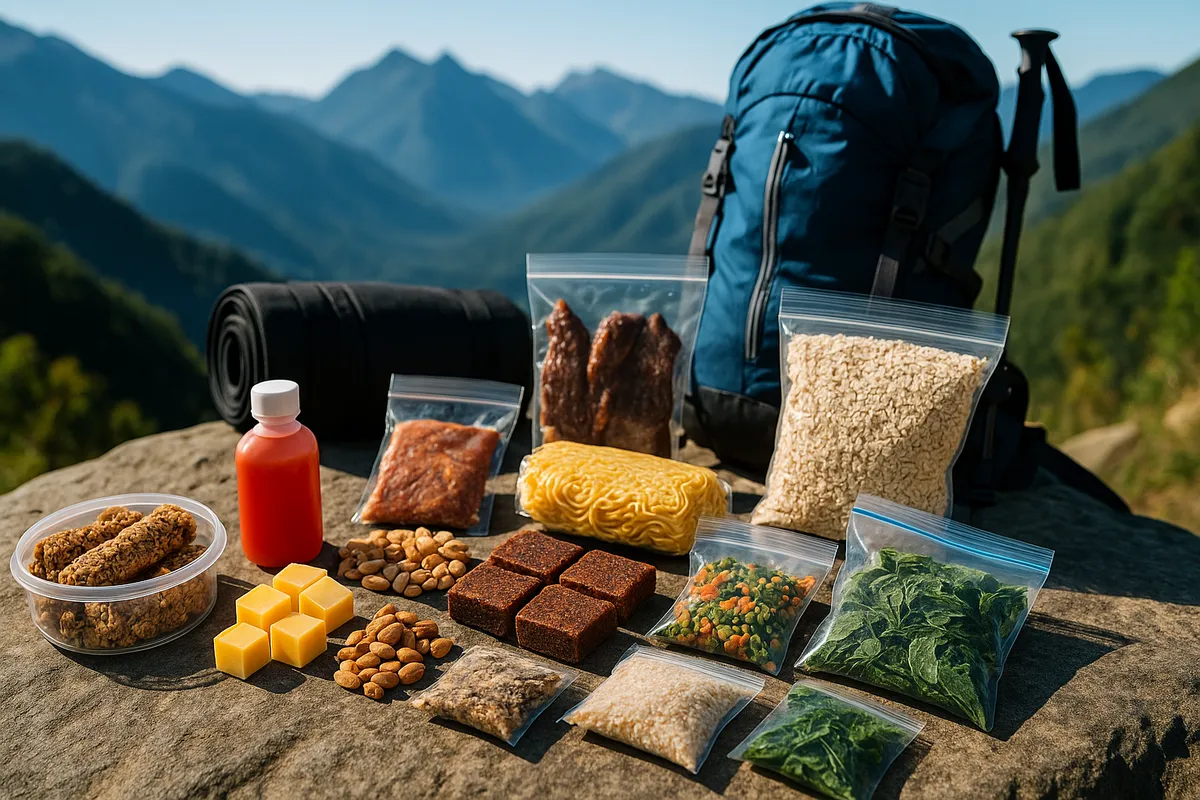
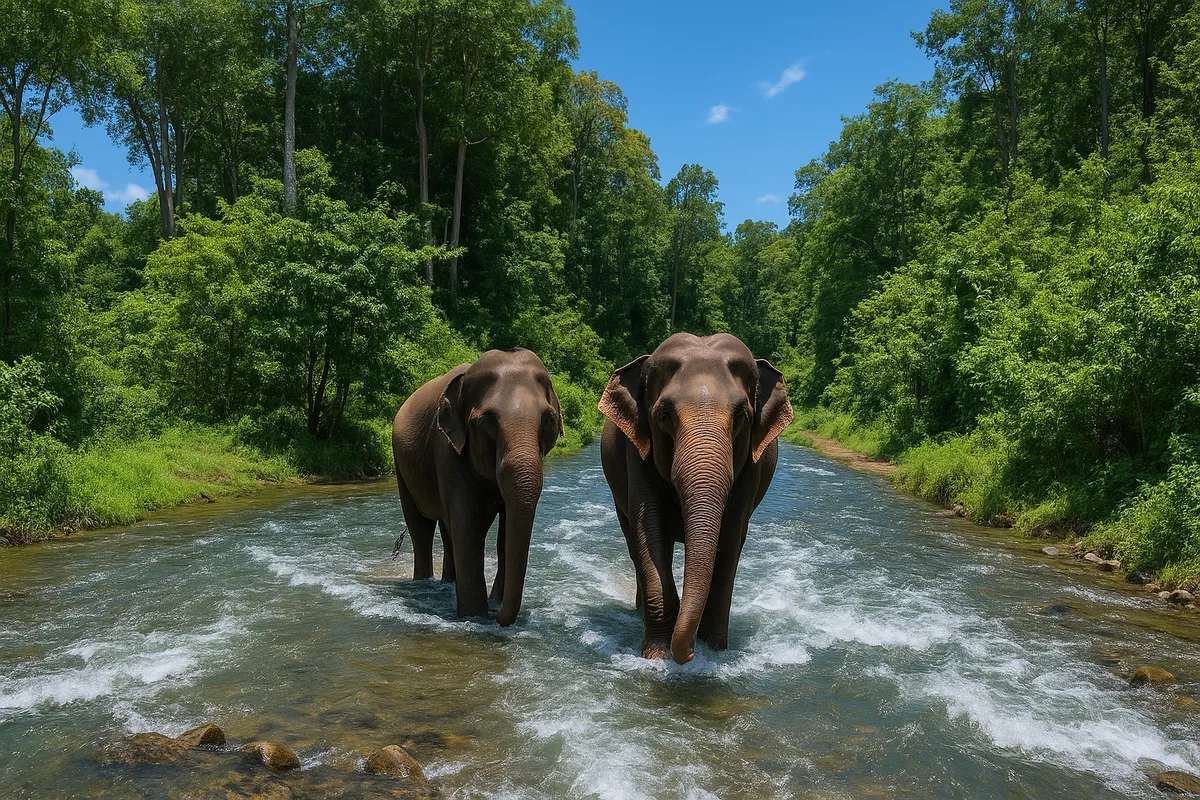
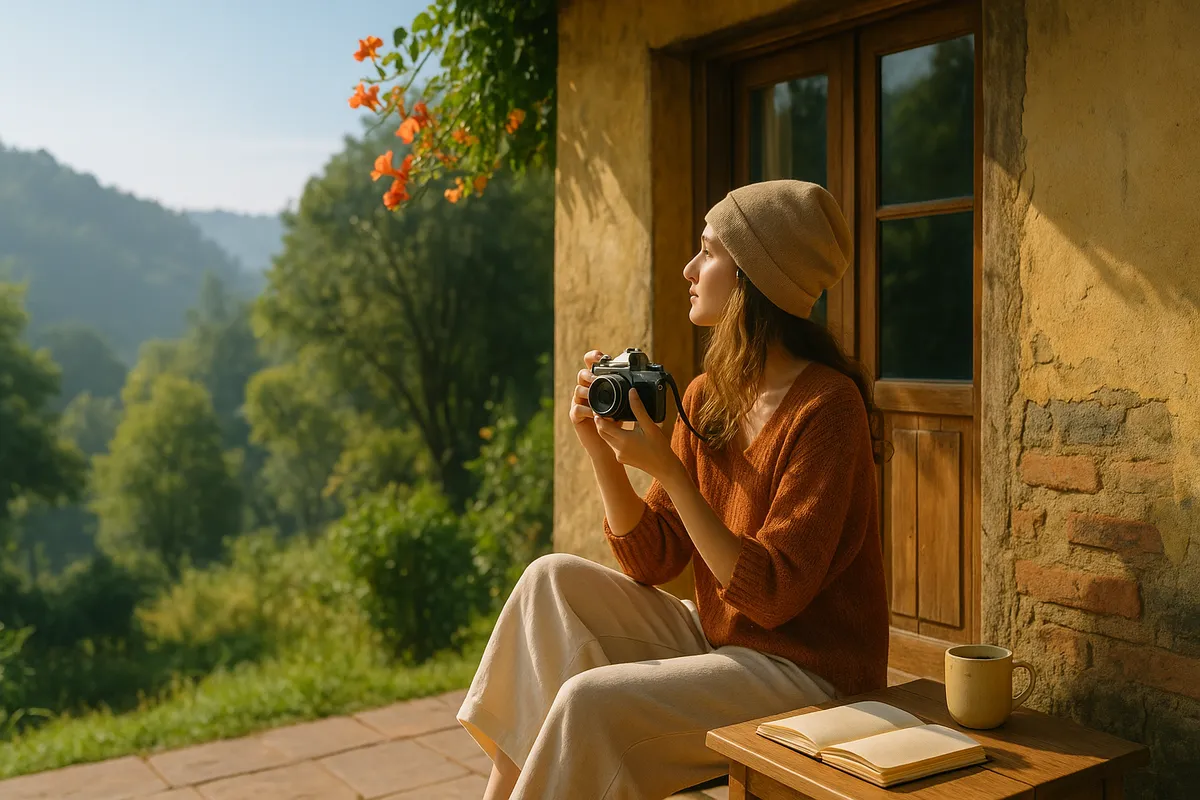

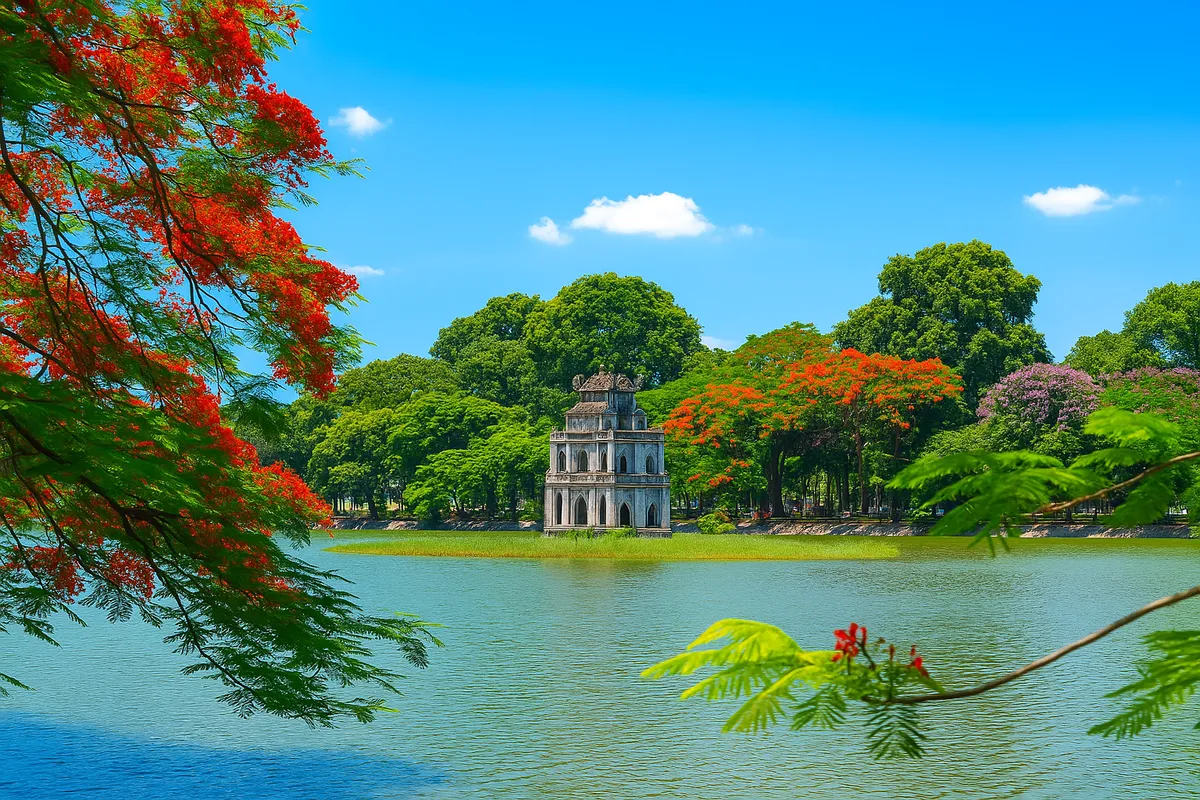
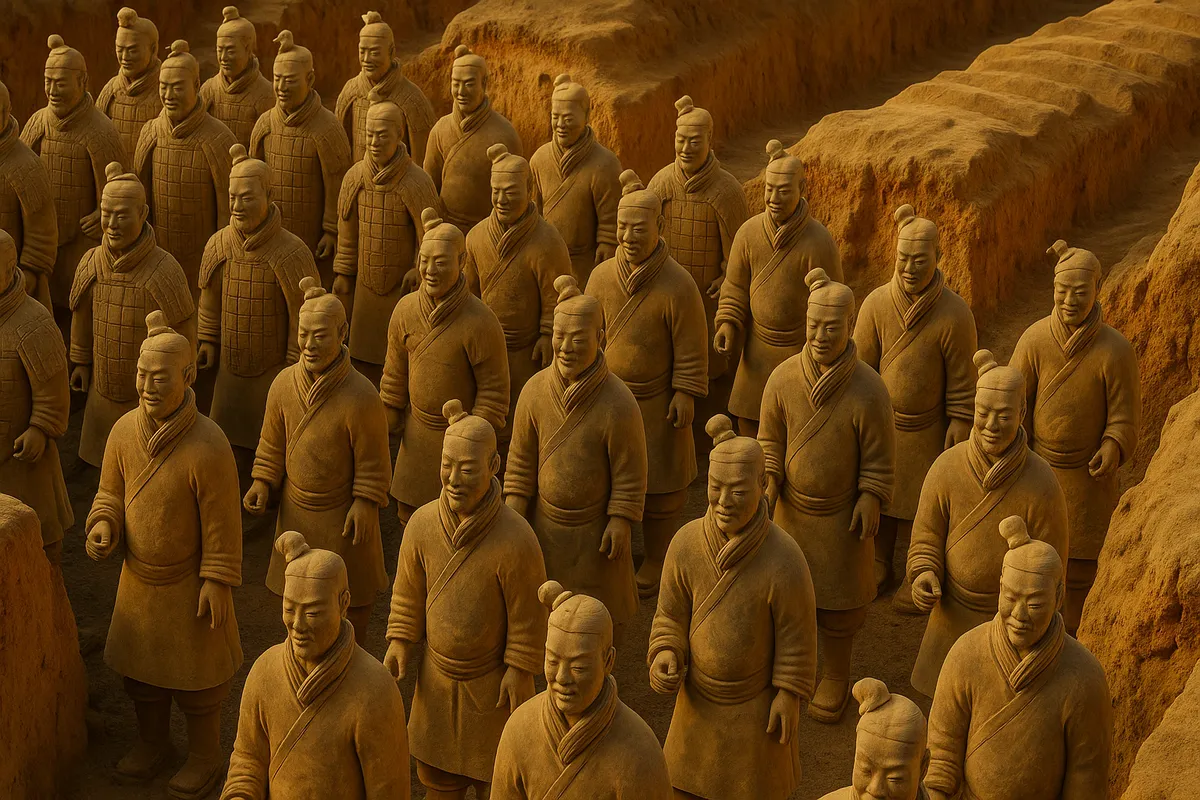
Share on